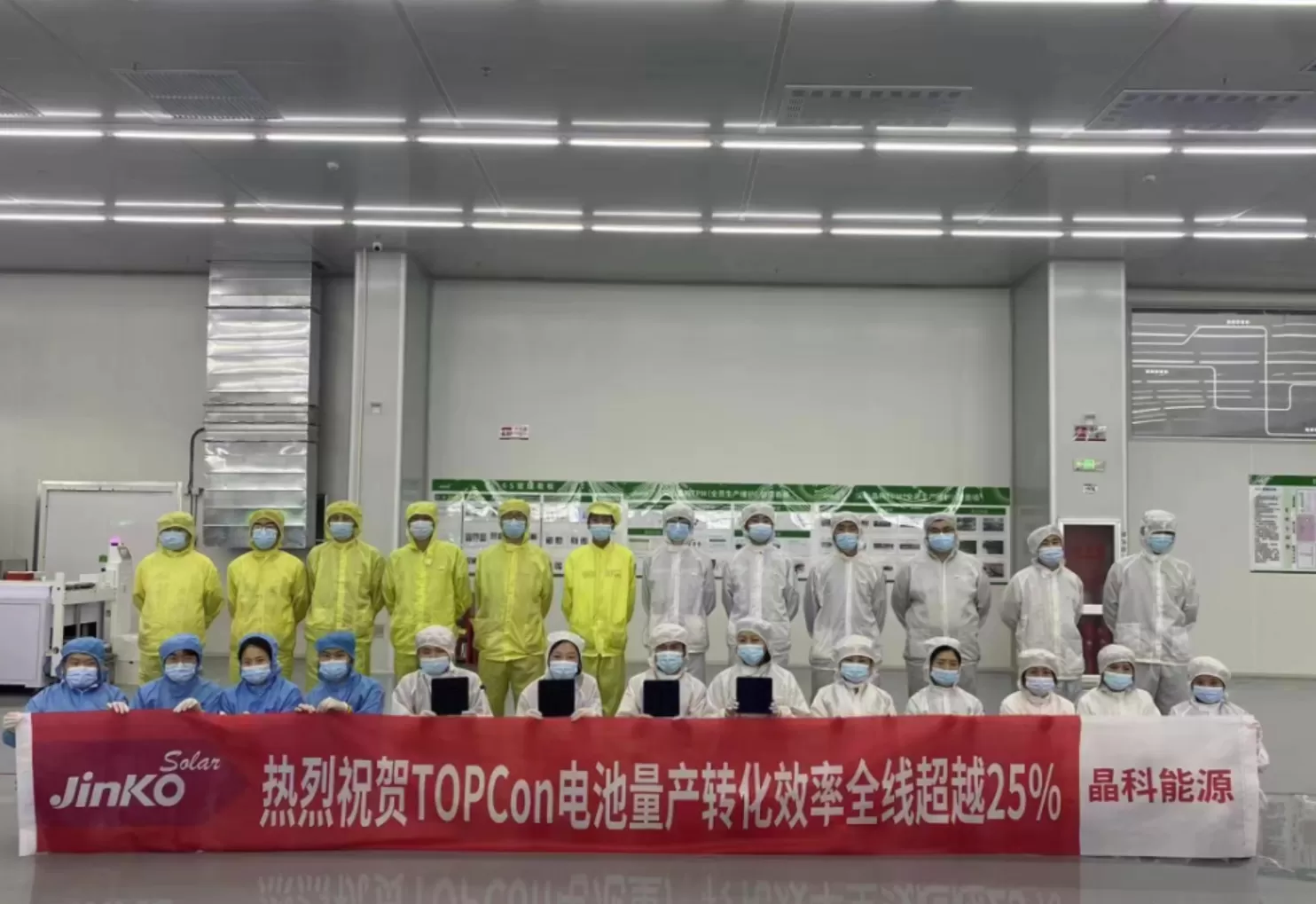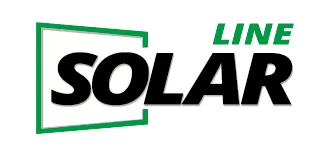Photovoltaic Cells: The TOPCon Technology Revolutionizing Efficiency to 28%
Photovoltaic Cells: The TOPCon Technology Revolutionizing Efficiency to 28%
The solar energy industry has undergone significant transformations in recent years, with various technologies vying for dominance. Among these, the N-type TOPCon (Tunnel Oxide Passivated Contact) technology stands out as a game-changer. Industry insiders predict that TOPCon technology's market share could surpass 60% to 70% by this year, solidifying its position as the dominant technology in photovoltaic (PV) cells. This rapid ascent from obscurity to mainstream acceptance can be attributed to the collaborative development across the solar energy supply chain and the ongoing innovation efforts by pioneering companies in the sector.

The Rise of TOPCon Technology
Jinko Solar, one of the leading players in the solar energy market, has set ambitious goals for its TOPCon solar cells. According to Vice President Qian Jing, the production efficiency of Jinko's TOPCon cells is projected to reach 26.4% to 26.5% by the end of 2024 and could approach or even exceed 27% by 2025. The ultimate aim is to achieve efficiencies close to 28%. Qian attributes this confidence to Jinko's well-defined path for efficiency enhancement.
Key Enhancements Driving Efficiency
Bifacial Passivation: The dual-sided passivation approach and optimized graphical design on both the front and back sides of the cells represent a significant leap in efficiency. This method ensures that both sides of the cell capture sunlight, enhancing overall energy output.
Metalization Process Improvements: The advancements in metalization techniques—from larger to finer structures, and from flat to three-dimensional designs—have reduced resistance losses and improved performance.
Full Surface Passivation: Ensuring that the entire surface of the solar cell is passivated minimizes overall losses, thus maximizing energy output.
The rapid technological advancement in the photovoltaic sector is a testament to its nature as a technology-driven industry. Continuous innovation is not just encouraged; it is essential for survival in a competitive marketplace. As the industry recognizes TOPCon's exceptional potential, comparisons with other emerging technologies are inevitable.
Performance Comparisons
Performance evaluations show that even without considering the bifacial advantage, the TOPCon cells achieve higher energy generation compared to P-type bifacial cells (BC). Notably, the benefits of TOPCon increase with temperature, illustrating its superior performance in warmer conditions.
Qian elaborates on this by noting that studies comparing TOPCon with P-type BC components have highlighted that N-type cells have a lower temperature coefficient, leading to better performance under high-temperature conditions. This characteristic is particularly advantageous in regions with high solar irradiation.
Addressing Industry Concerns
Some industry voices argue that BC components perform better under shaded conditions. Qian clarifies that "shaded performance" and "low-light performance" are not the same. Shading refers to partial obstructions on the solar panel, leading to uneven temperature distributions across the cell. While BC components use equivalent diode protection at the cell level, which can isolate shaded areas, this approach has limitations.
In practical scenarios, shading is minimal, particularly on rooftops, where designs often avoid potential obstructions. Furthermore, the frequent switching off of shaded cells can accelerate degradation, raising concerns about long-term reliability. To date, no authoritative reports have confirmed that such designs do not affect cell longevity.
Industry Consensus on TOPCon's Future
During the 2024 TOPCon Solar Cell Technology Development Trends Symposium, CTOs from five leading companies, including Jinko Solar, unanimously acknowledged that TOPCon would be the mainstream technology for the next five years. The rapid pace of technological iterations in recent years indicates that newer cells and modules are yielding higher energy outputs. Even among TOPCon cells, newer models can outperform those developed two years ago by 2-3%, highlighting the importance of continuous development and technological maturity.
Qian asserts that TOPCon is not just a leading technology; it represents the foundational technology for the foreseeable future, forming the basis for future innovations. The swift rise of N-type TOPCon's market share—reaching 50%, 60%, or even higher—is closely tied to the support received from the supply chain.
The Road Ahead: Efficiency Targets
Looking forward, the goal of achieving a production efficiency of 27% for monocrystalline TOPCon cells within the next two years is realistic. The industry is also aiming for efficiencies exceeding 28%. Qian likens the evolution of battery structures to architectural design, where the positioning of elements (like staircases) can either optimize or hinder functionality. Ultimately, the quality of the materials and workmanship will determine the success of solar cells, irrespective of their structural design.
The Promise of Perovskite-TOPCon Tandems
Amidst discussions of technological advancements, the potential for perovskite solar cells has garnered attention. However, challenges such as instability, rapid degradation, and short lifespan remain significant hurdles. Qian advocates for perovskite-TOPCon tandem cells, positing that this combination harnesses the high efficiency of perovskites while mitigating some of their inherent weaknesses.
The industry's optimism surrounding the TOPCon-perovskite combination stems from the stability of the TOPCon layer, which offers a reliable foundation for the tandem structure. Compared to other technologies like HJT (Heterojunction Technology) and BC, the TOPCon layer is easier to produce, has a higher yield, and is more stable—making it a cost-effective choice for tandem solar cells.
Cost Reduction Initiatives
As the solar industry looks to reduce costs by 2025, Jinko Solar is committed to this goal without compromising product reliability. Qian emphasizes that the primary focus will be on increasing efficiency rather than radically altering materials. While some companies explore the use of cheaper metals like copper to replace silver, Jinko believes its current TOPCon offerings already provide a competitive cost-to-performance ratio.
Conclusion
The rapid development and adoption of TOPCon technology signify a pivotal moment in the photovoltaic industry. As the technology continues to evolve, achieving efficiency levels nearing 28% is not just an aspiration but an increasingly attainable reality. The collaborative efforts of companies across the solar energy supply chain, combined with the relentless pursuit of innovation, will undoubtedly shape the future of solar energy. With TOPCon leading the charge, the industry is poised for a new era of efficiency, sustainability, and growth.
As we look to the future, it is clear that the advancements made today will lay the groundwork for the solar technologies of tomorrow, and the journey toward harnessing solar energy more effectively has only just begun.
